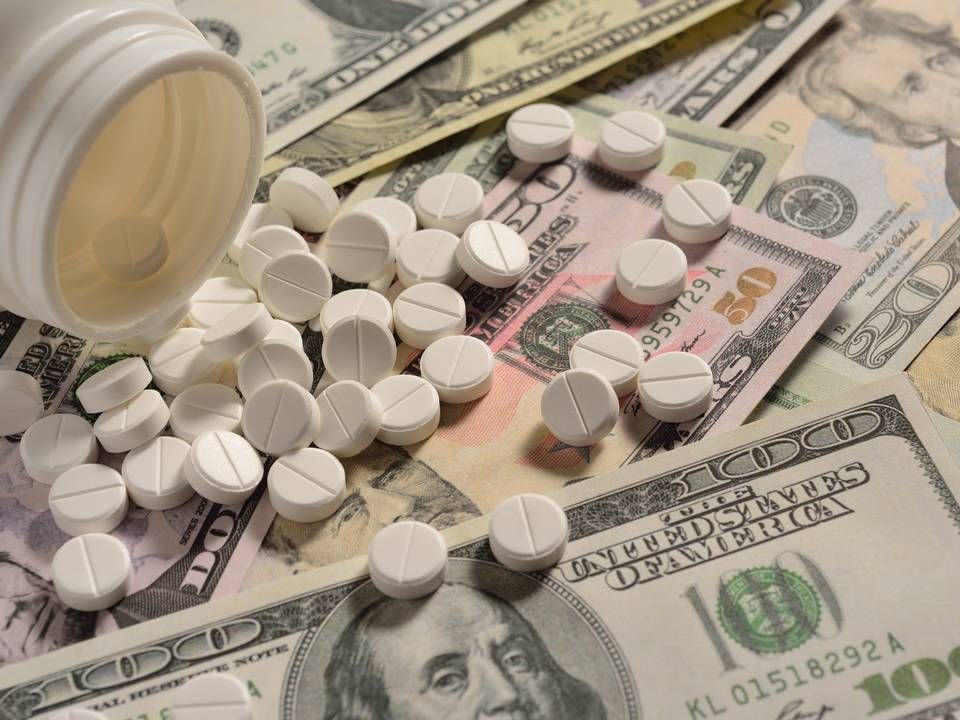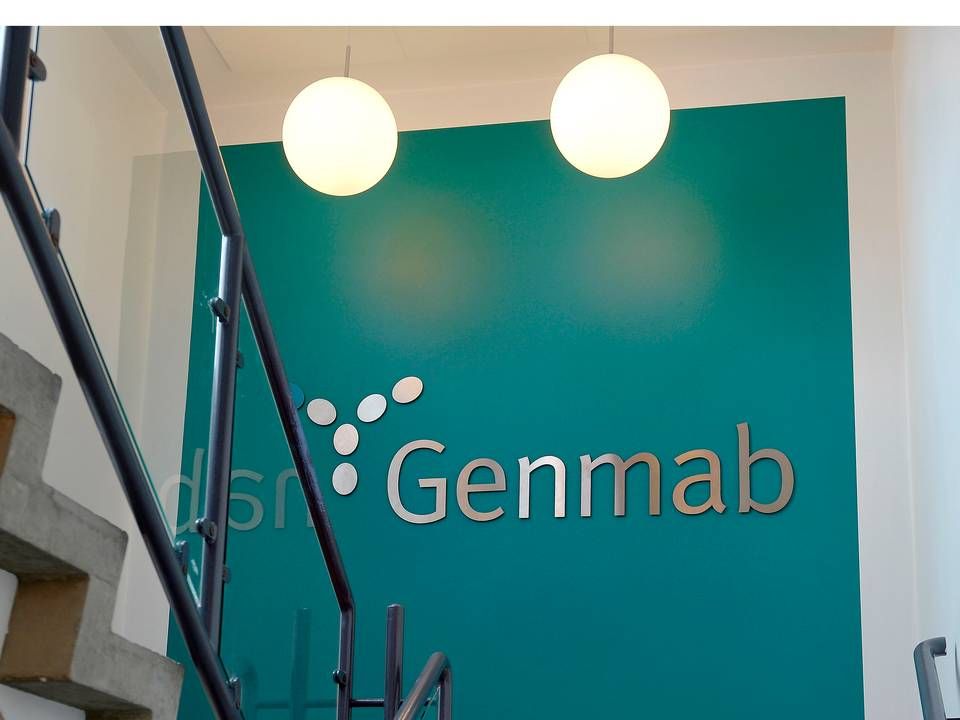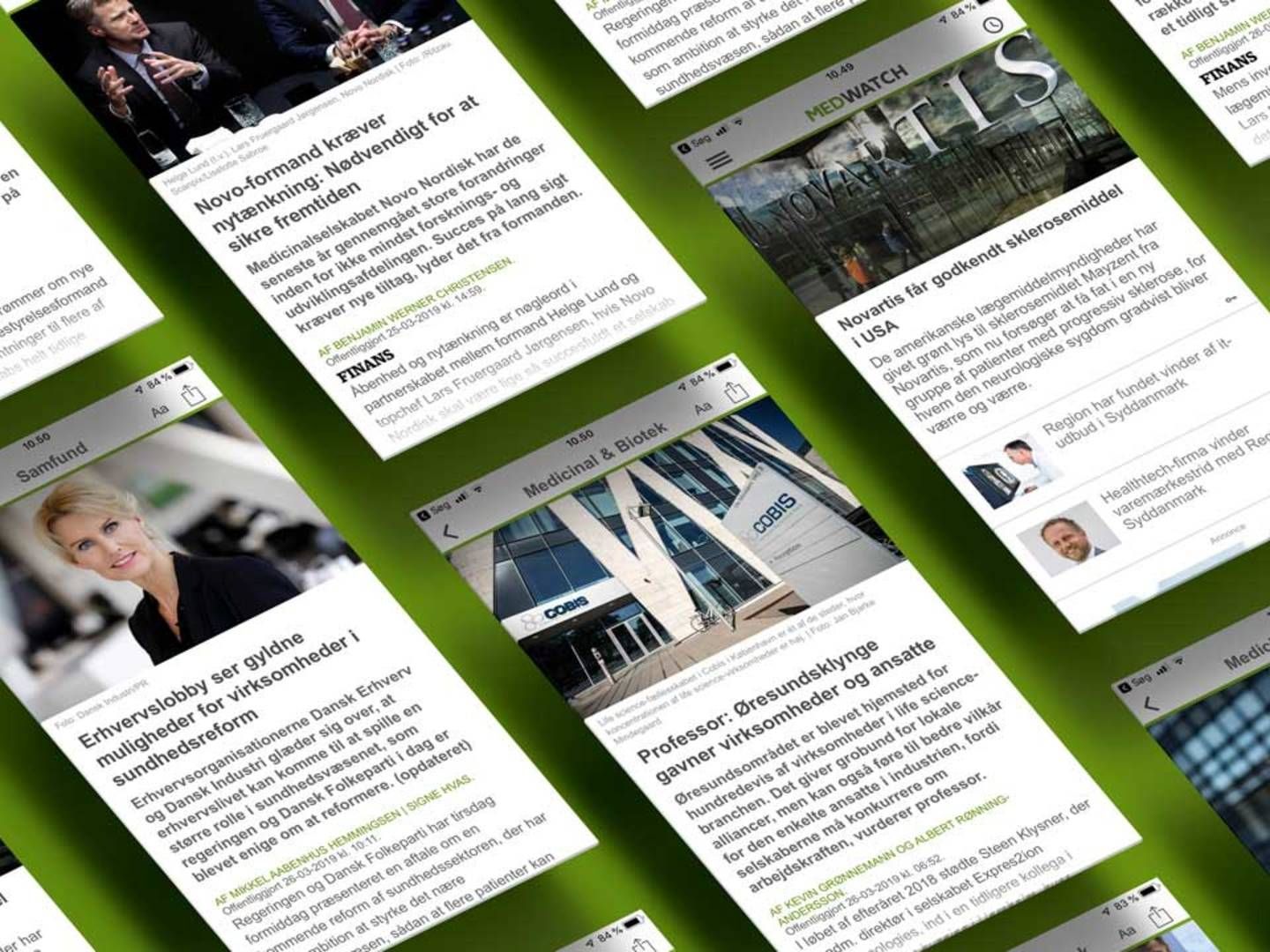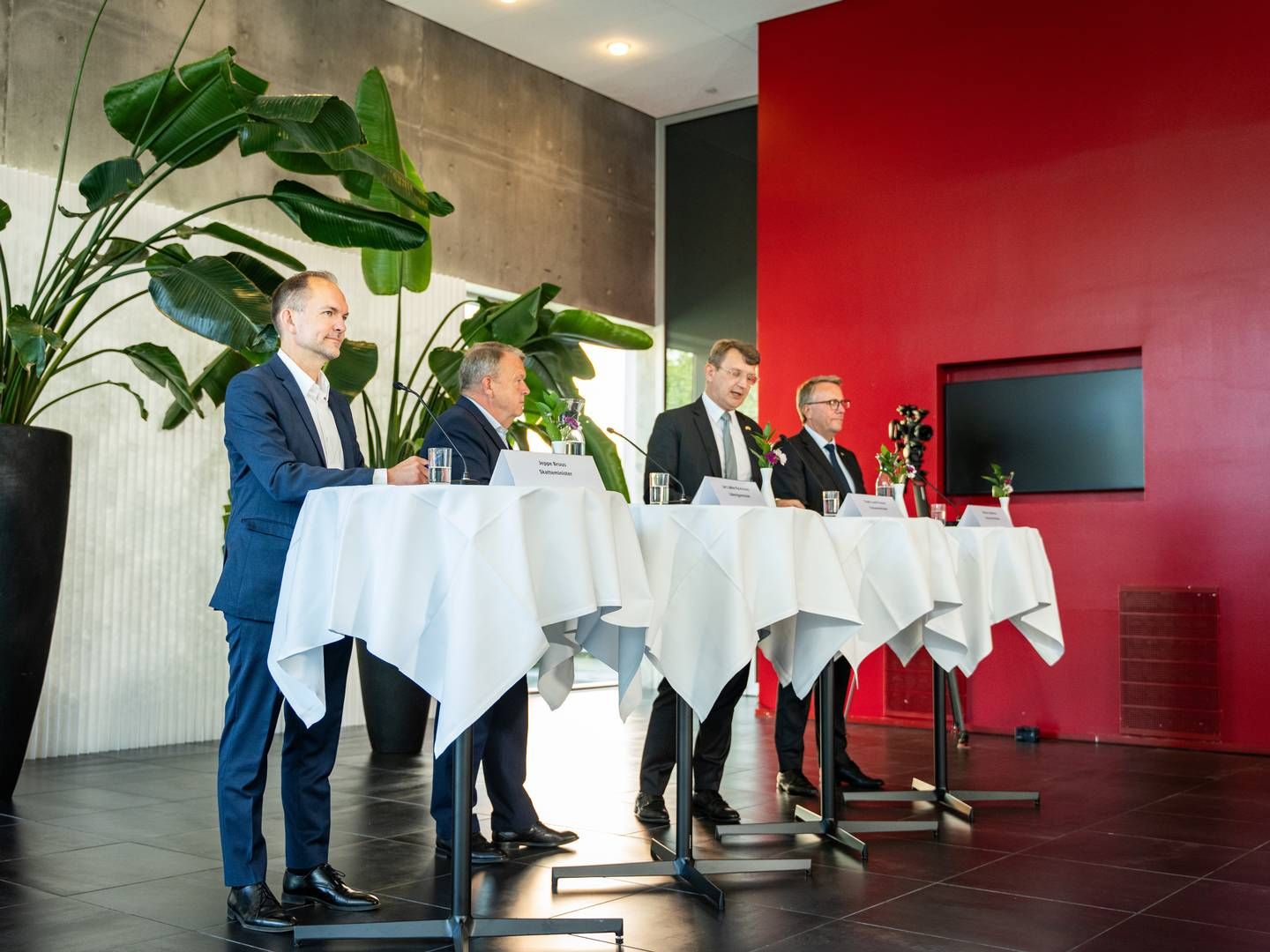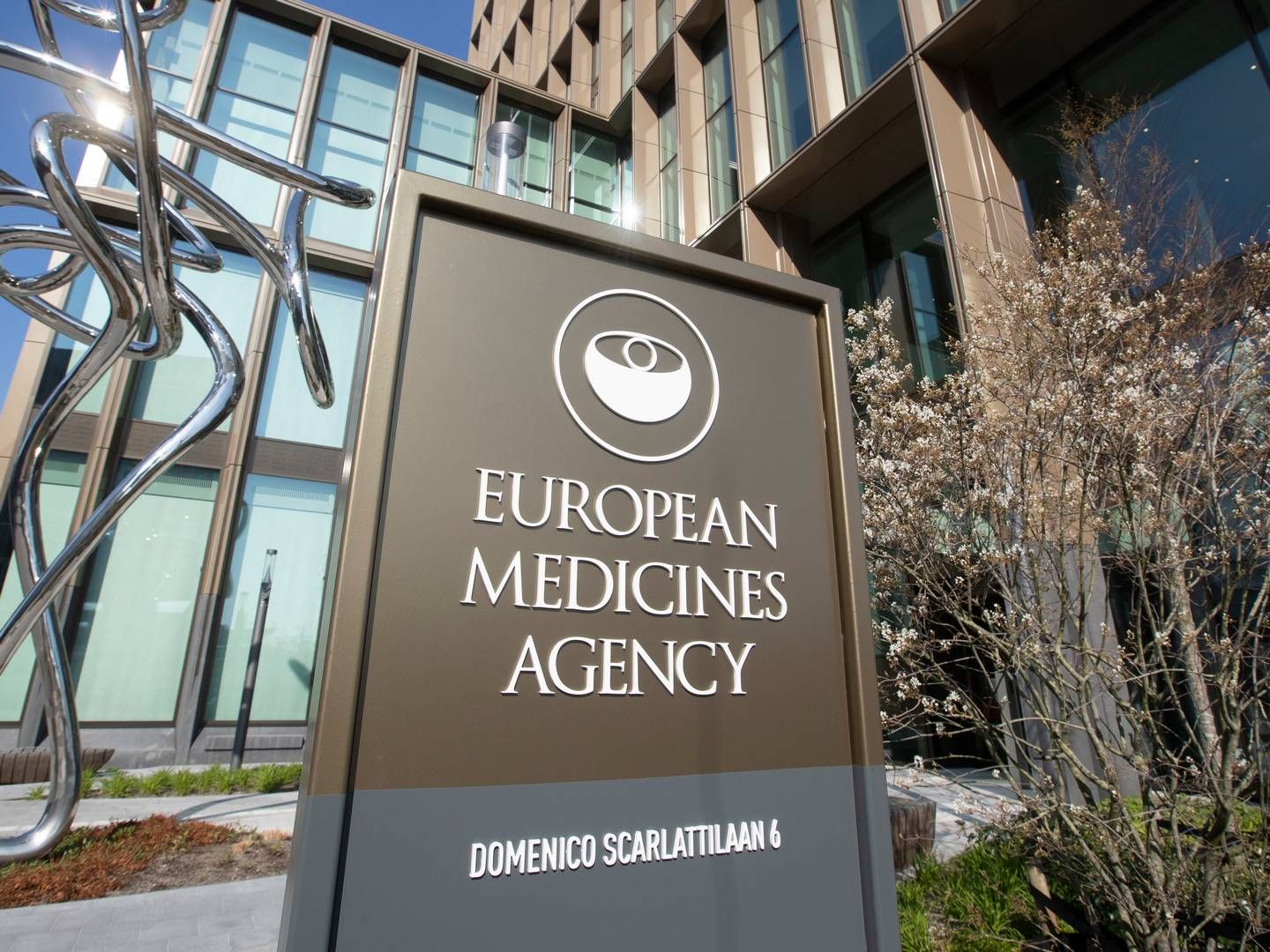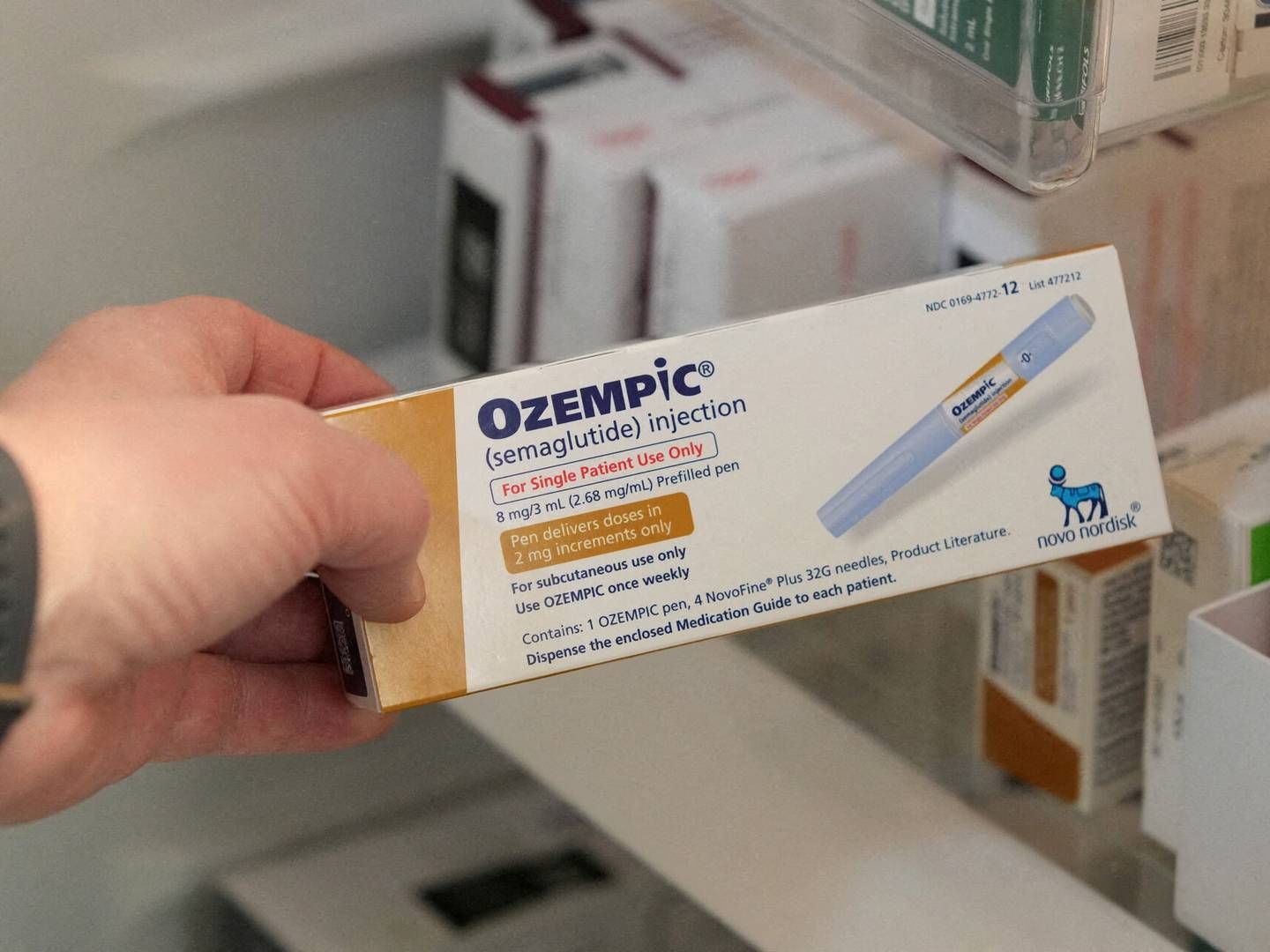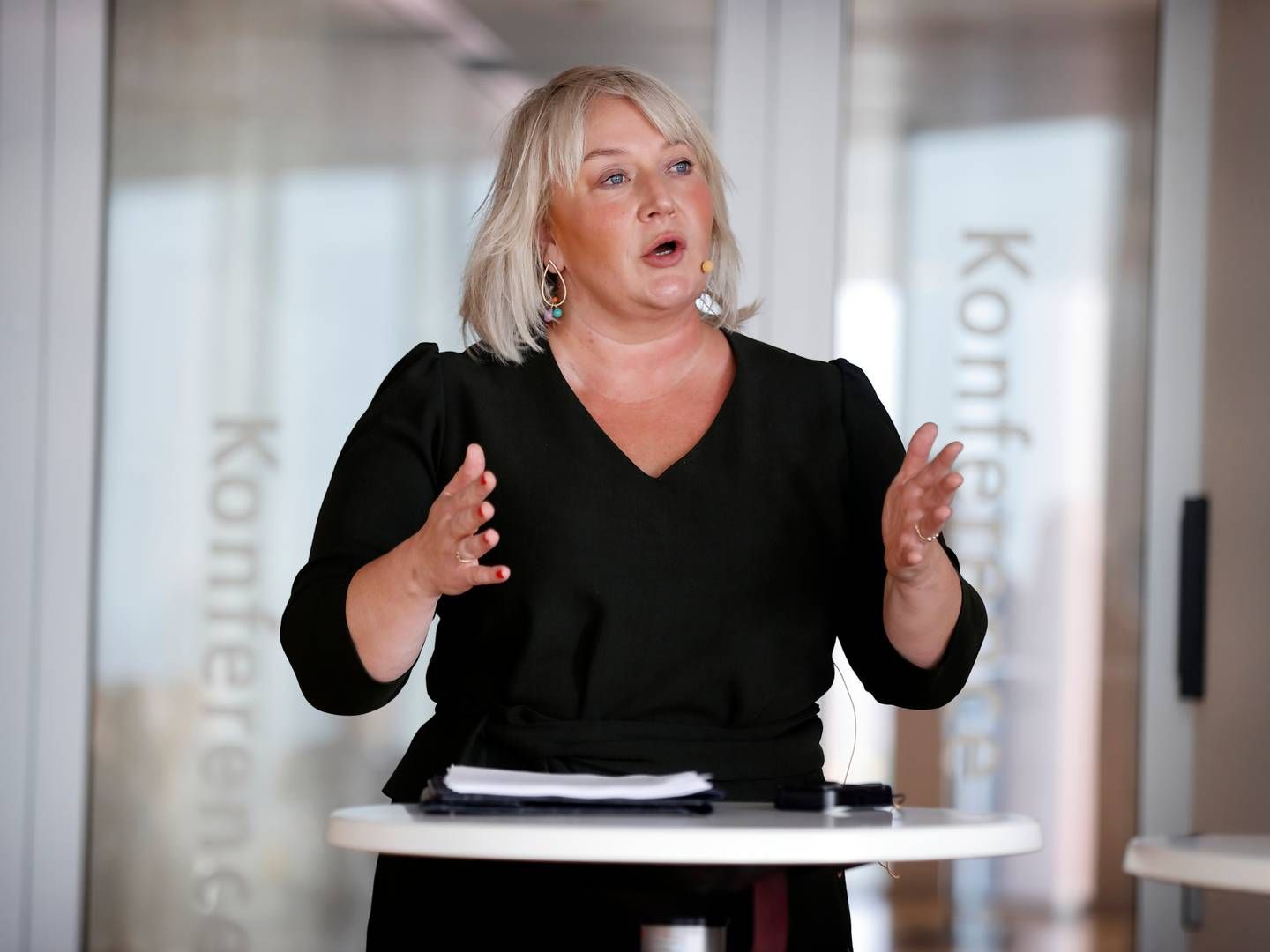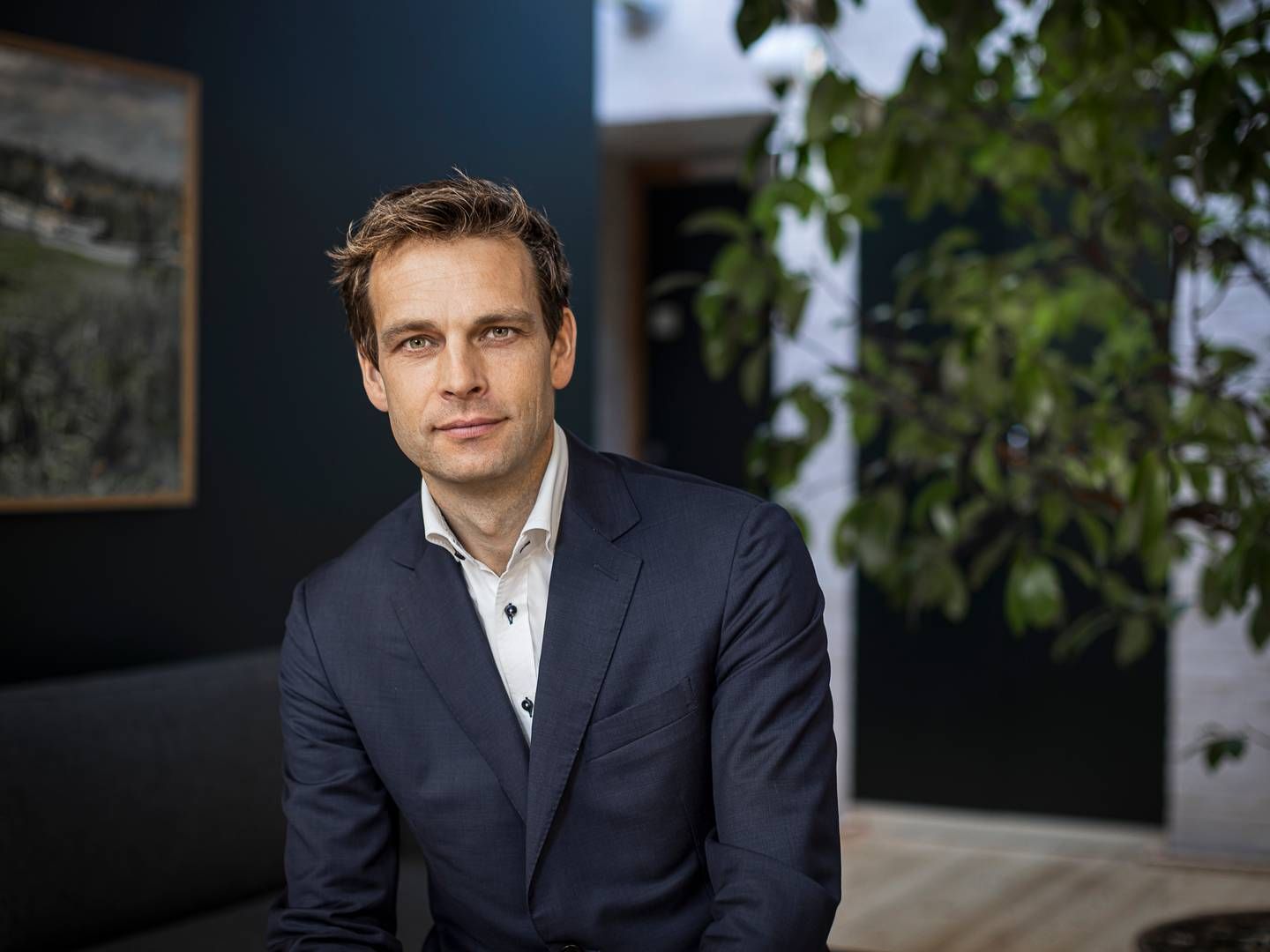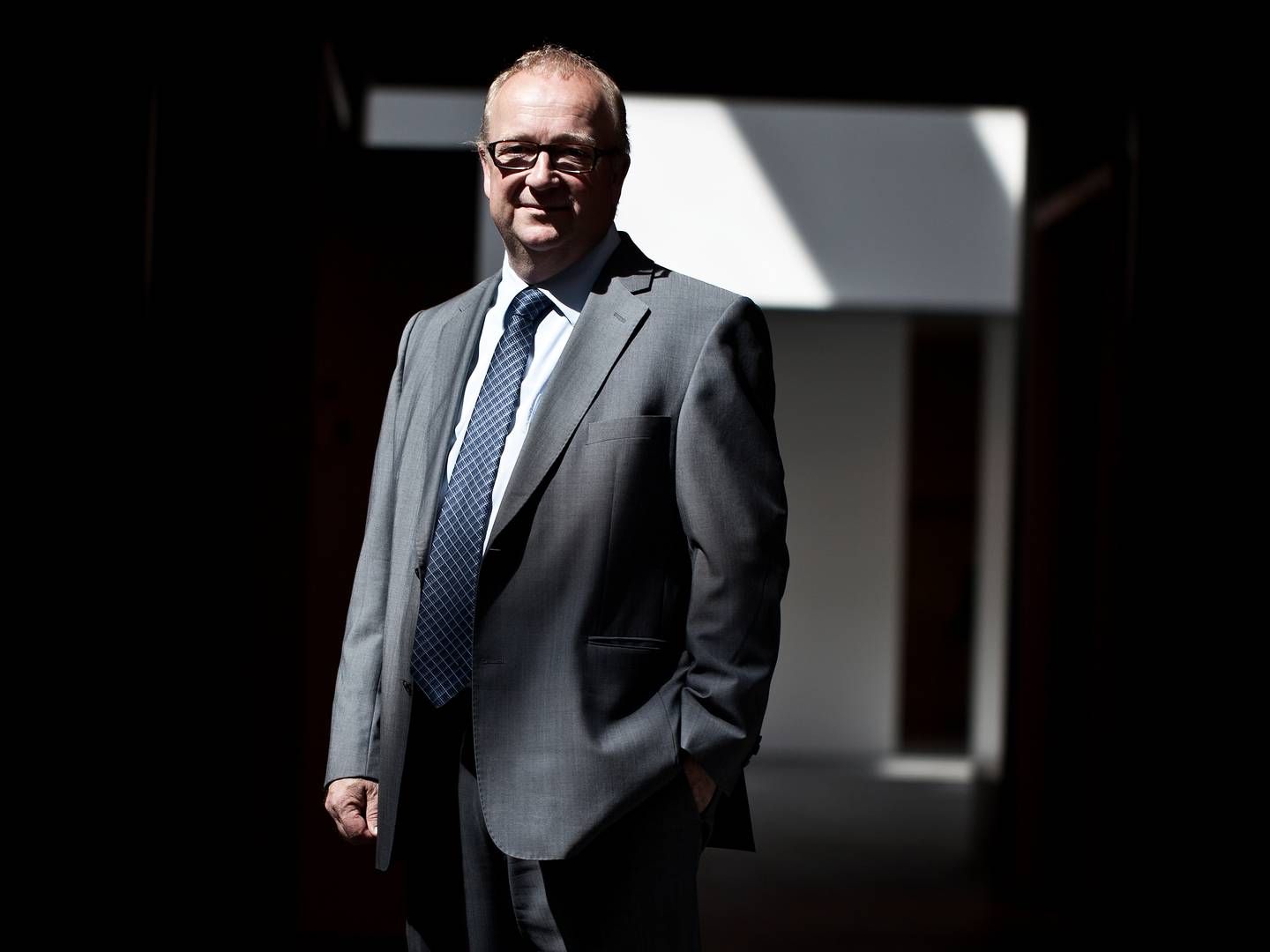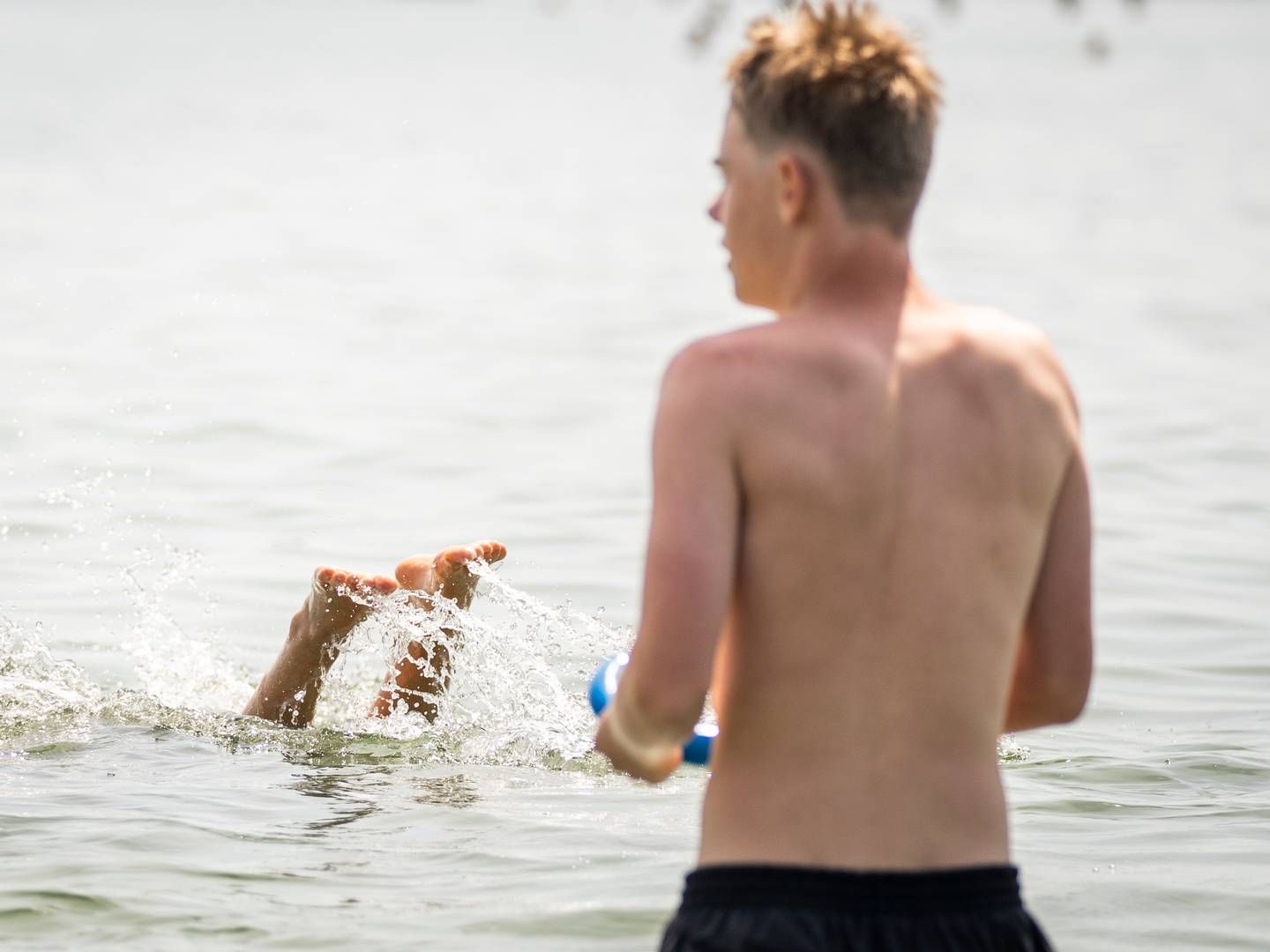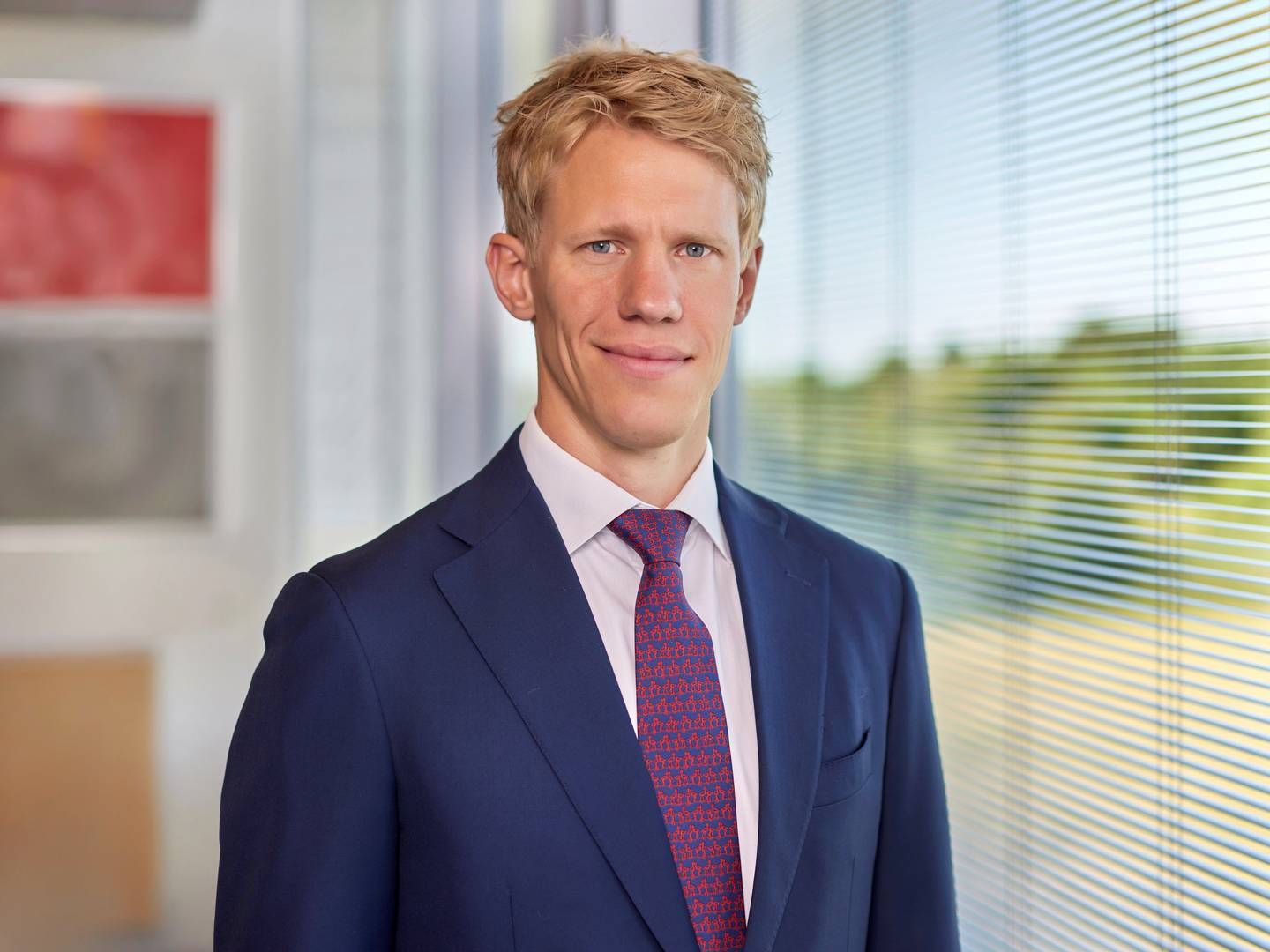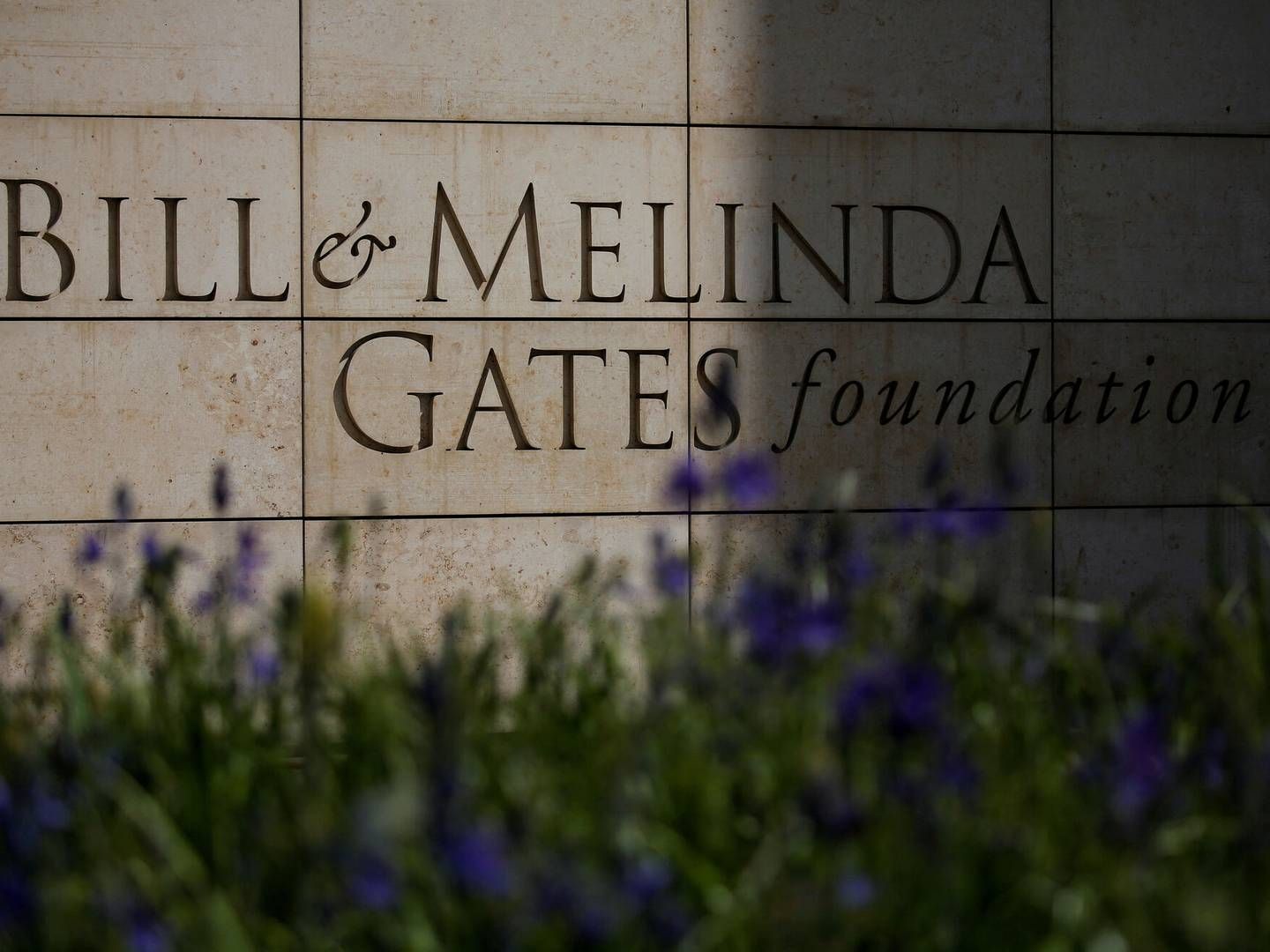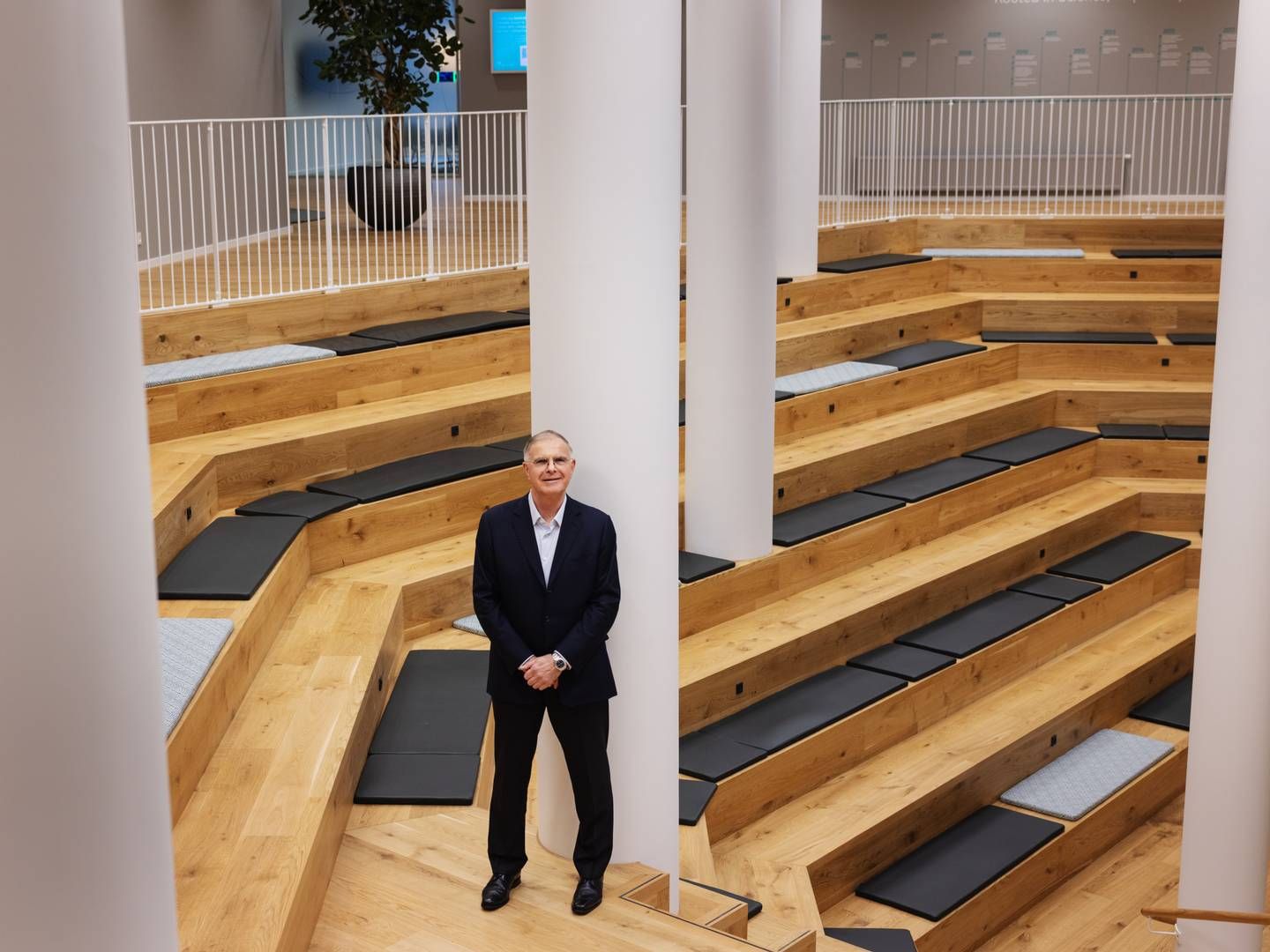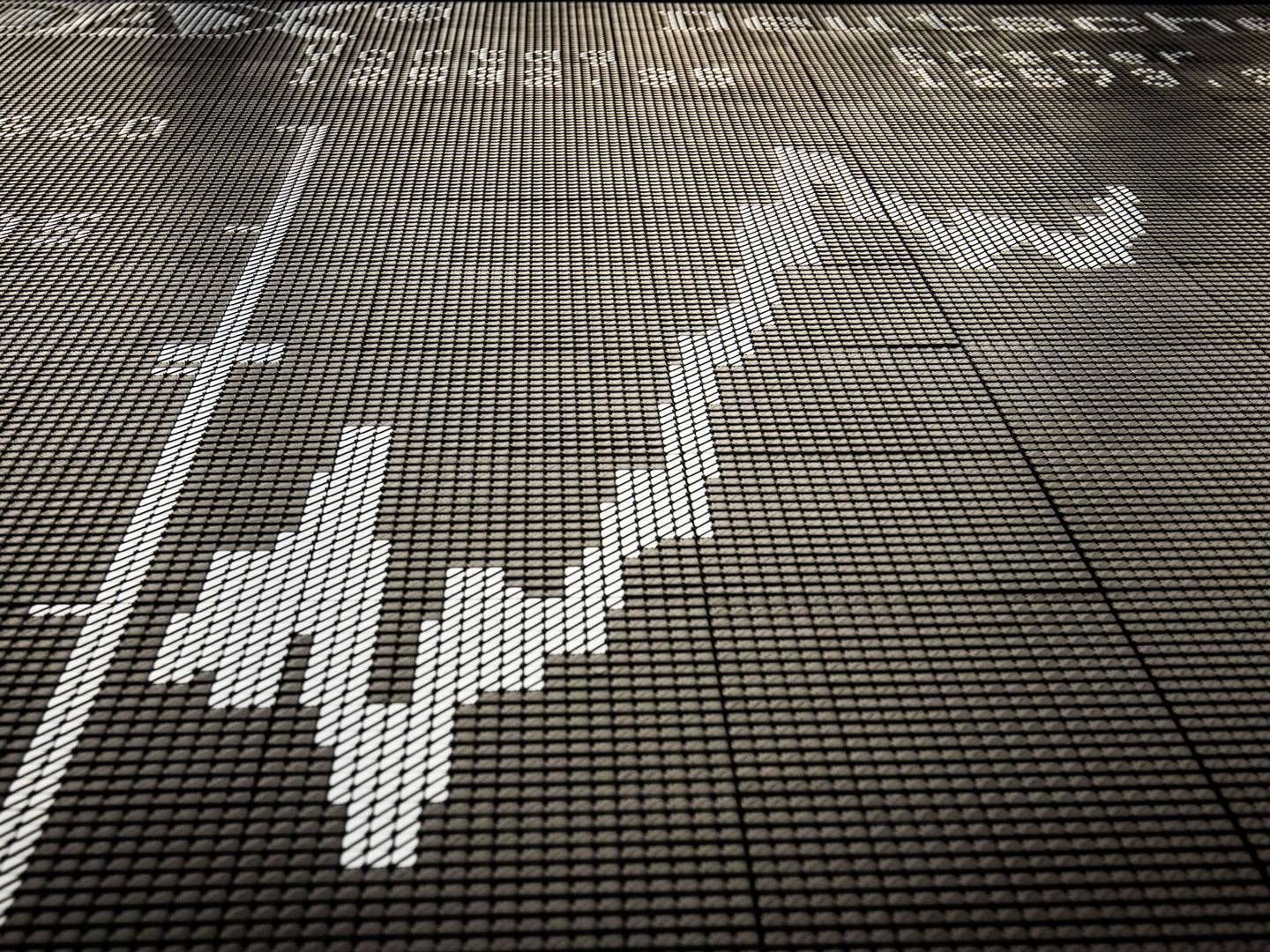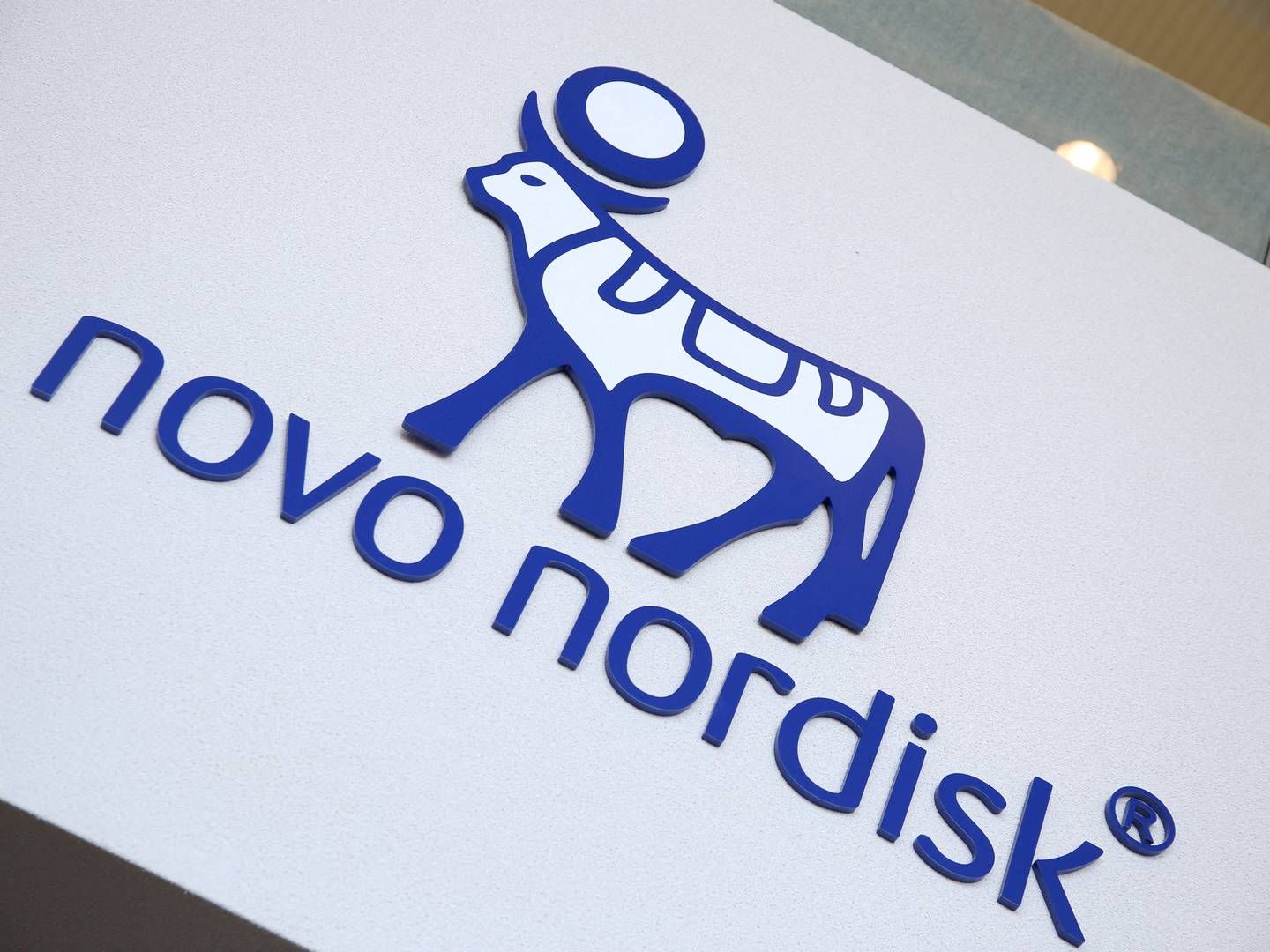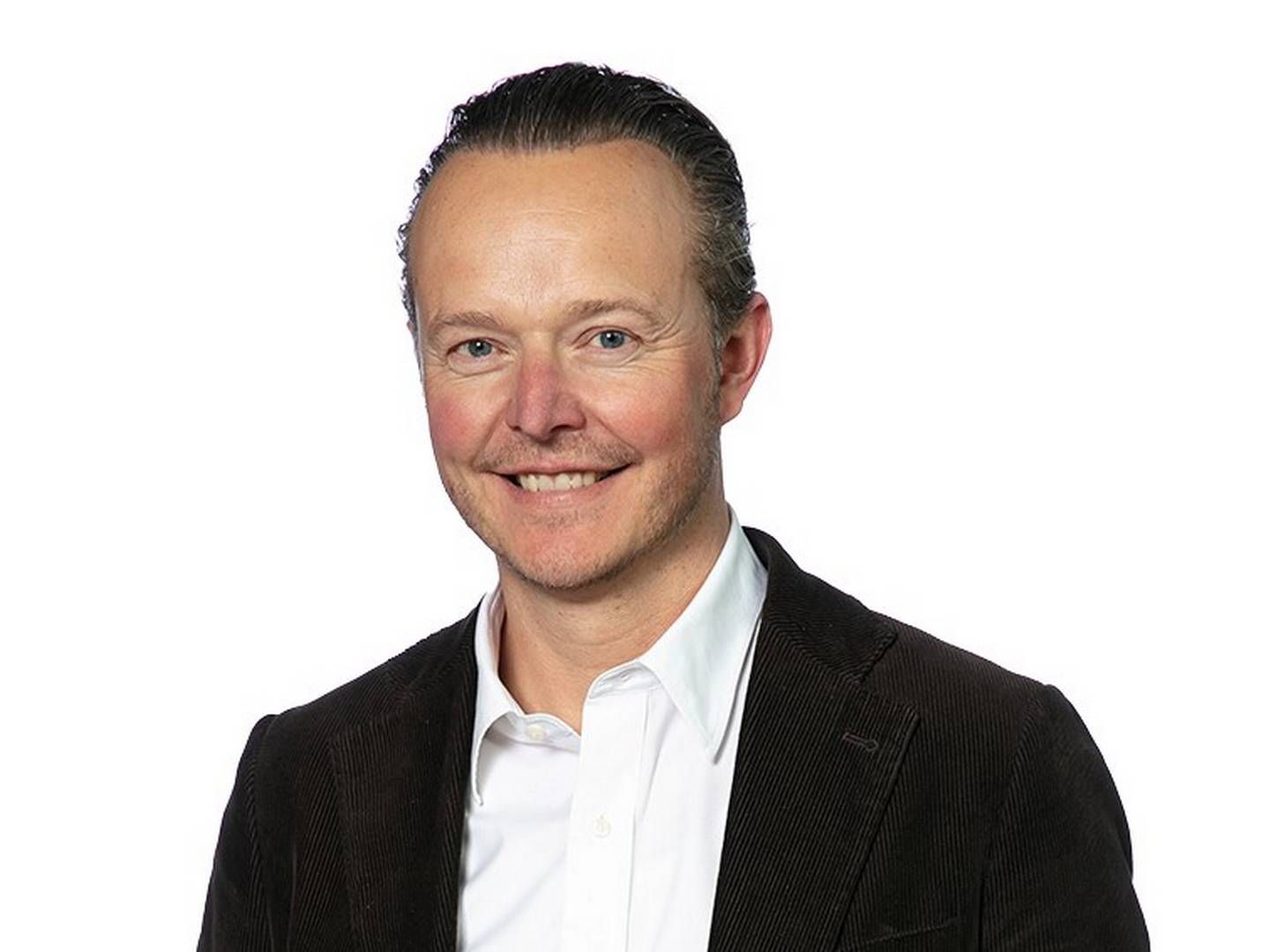Genmab accelerates research efforts
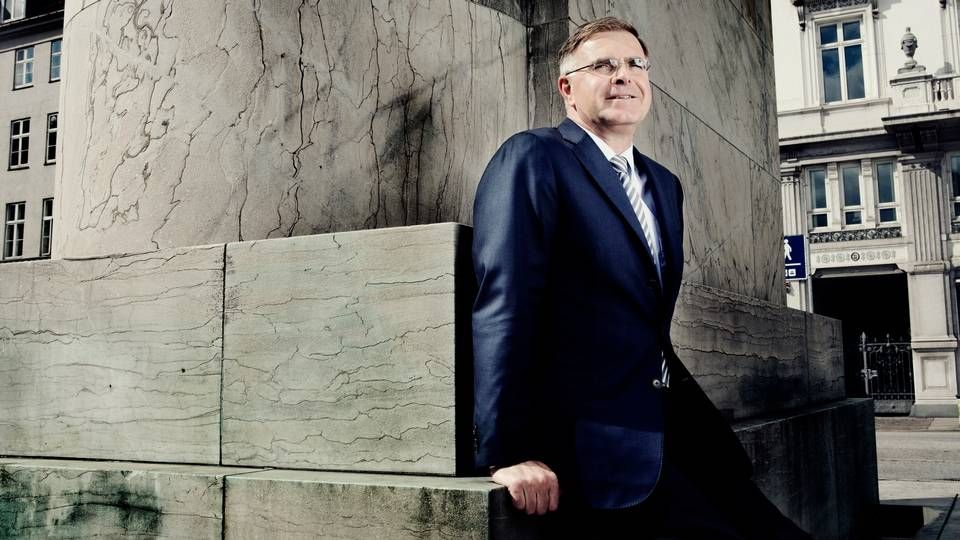
Although sales of lead asset Darzalex continue to live up to or even surpass expectations – so much so that Genmab hiked its full-year guidance for the second time this year a few days ago – the biotech is not planning on resting on its laurels.
In the company’s research and development department they work tirelessly at finding the next golden ticket and the company said in its half-year report Tuesday that it plans to spend more on R&D in 2016.
Operating expenses are now expected to come in at DKK 800-850 million, an increase of DKK 25 million from the previous guidance. It is the first time since 2008 the company has changed its guidance for expenses in the middle of the fiscal year.
“It's in order to accelerate our plans in a controlled manner. We want to find the next winner in the coming three to four years as Darzalex drives our development, and we are in the fantastic situation that our current pipeline is unprecedented in the history of the company. But time is of the essence here. In the coming years we have to show that we have another winning product. Once we do that, Genmab will be on a whole new level,” says Jan van de Winkel, CEO of Genmab.
He points out that the oncology drug Darzalex to treat multiple myeloma gets something like 90 percent of the attention and accounts for the lion’s share of the company’s value. But Genmab has to strike while the iron is hot, so it can bring itself in an even stronger position.
“Our market cap is currently at around 11 billion dollars, but we have to bring it up to around 30-40 million dollars to be able to be on par with US-based biotech groups like Regeneron – and we can only do that by identifying the next winner,” says Jan van de Winkel.
The strongest concept
Genmab has four main programs that account for the bulk of its R&D expenses.
The first of those is tisotumaab vedotin, an antibody-drug conjugate (ADC) being tested in phase 1 trials in eight different solid tumors, including ovarian, cervical, bladder, prostate, and lung cancer.
In addition to this candidate there is HuMaX-AXL-ADC in various tumor types, scheduled to enter clinical safety trials later this year, as well as the two pre-clinical projects HexaBody-DR5/DR5 and DuoBody-CD3xCD20.
But Jan van de Winkel points to the immuno-oncology candidates in the pre-clinical pipeline, a total of twenty programs, as the hottest area.
“These projects won’t enter clinical testing until 2018 or 2019, but I believe that these antibody programs where you activate the patient’s own immune system in the fight against cancer have the strongest concept for making a meaningful difference in the lives of patients. This is where we can even begin to talk about a future cure and long-term impact on patient survival,” says Jan van de Winkel.
Faith in collaboration
When it comes to immuno-oncology development, Genmab has two major partnerships. One is with the German company BioNTech struck in May 2015 and the other is with Aduro Biotech of the Netherlands and was signed in February 2015. In both cases, Genmab has shared the rights to the program 50-50 with its partner.
So if the next winning ticket is found through either of those collaborations, Genmab will have to share the prize.
The biotech company gets somewhere between 12 and 20 percent royalties on sales of Darzalex from its pharma partner Janssen through an undefined tier-model, as well as milestone payments along the way, but Jan van de Winkel would like to avoid such a payment model in the future.
“In the future we will not give any more than 50 percent of the rights to a partner, but I believe in collaboration and partnerships. It leads to far greater chances of finding a winner and also to better products. We combine our strengths. We are experts in antibodies and our partners have their areas of expertise,” says the CEO, who has ensured his company has a buy-back option if the partners are unable or unwilling to participate in the project any longer.
“In that way we could potentially get 100 percent, but 50 percent of a major blockbuster would also work wonders for our value,” he stresses.
Calculated risk
Although the chief exec is thrilled with Genmab’s early-stage immuno-oncology candidates, it does not mean that he lacks faith in the projects further ahead in the pipeline.
“We presented sensational data from tisotumab vedotin at ASCO last year, but no one really noticed them because Darzalex took all the attention. The market has a tendency to only focus on one thing at a time,” says Jan van de Winkel.
Genmab showed a strong effect on solid tumors from treatment with tisotumab vedotin on about 25 percent of patients in a minor study.
“Unfortunately, the bulk of them hadn’t been dosed right, but we are currently treating 100 people at the right dose across eight different tumors. I can still not say which tumor types will show the best response and if it's limited to one type or three, but I’m very enthusiastic when it comes to this molecule,” he says, adding about HuMax-AXL-ADC
“It will enter the clinic in the next six month and targets what’s called the AXL molecule, which is upregulated in patients who become resistant to chemotherapy or other types of cancer treatment. It’s very potent, but we have to find out if it’s so potent that it can pose a danger to patients. It’s difficult to tell in studies with monkeys or mice. It was the same with Darzalex. I spent a year worrying that we would run into toxicity issues. Luckily it turned out to be very safe. When it comes to drug development, you have to take calculated risks or you are never going to win,” the CEO believes.
Staying in line
If HuMax-AXL-ADC does in fact turn out to be the next winner, Jan van de Winkel expects to be able to potentially see it as early as next year. But regardless of which drug wins the race and becomes Genmab’s next hope, it will get full attention once identified.
“Then some of our other projects will take a backseat. Not that we will discontinue them, but we might shelve them for a while or find a partner to advance them. This is still biotech and anything could happen, especially when it comes to these safety issues, and then it’s good to have a backup plan. But we have to stay focused,” Jan van de Winkel explains.
He is convinced the winner is hiding in the pipeline; he just has to figure which of the projects it is - and that’s a challenge that suits the researcher and biologist perfectly. For that reason, the Dutch CEO is also quick to play down speculation that Genmab is too small for him and that bigger corporations are out to lure him away.
“This is probably the biggest thing I will ever do in my life. It’s a really exciting time. We are in a solid financial position and have a fantastic pipeline, so we are in good shape. Not everything will succeed and there will be bumps along the way, but that’s part of developing innovative drugs that will hopefully make a real difference in patients’ lives. That’s what drives me 24 hours a day, and I’m really focused on creating a fantastic success story here.”
How Genmab’s cancer hope became a golden ticket
Financial institutions see even more potential in Genmab
Genmab’s Darzalex wins new Breakthrough Therapy designation
- translated by Martin Havtorn Petersen
Would you like to receive the latest news from MedWatch directly in your e-mail inbox? Sign up for our free English newsletter below.

